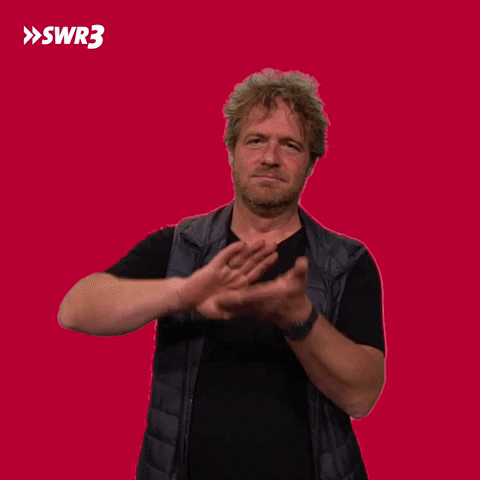- Decision Lab
- Posts
- Forget MVPs: Why Your B2B Startup Needs a Minimal Sellable Product Instead 💰
Forget MVPs: Why Your B2B Startup Needs a Minimal Sellable Product Instead 💰
The dirty secret about MVPs in B2B tech? They're optimized for investor pitches, not customer revenue. Here's why that's killing your startup before it starts.
Let me tell you about a conversation I had recently with a founder building a demand generation platform. Like most founders, he was heads-down developing an MVP, all with the singular goal of attracting VC attention. But halfway through our chat, something clicked. He realized his "minimal viable product" and what customers would actually pay for were two entirely different things.
The MVP Trap
While MVPs might work for consumer apps (think early versions of Instagram or Twitter), they're often a death trap for B2B startups. Why? Because they optimize for the wrong audience.
The typical MVP playbook pushes you to focus on the frontend and visual elements that make your vision easy to grasp in investor meetings. So, you focus on parts of your product that might not help you make money right away.
Enter the MSP (Minimal Sellable Product)
Credit to Craig Major from the Toronto Starts podcast for giving me the perfect term for what I've been preaching. The Minimal Sellable Product (MSP) flips the MVP model on its head:
Instead of asking "What's the minimum we need to build to prove our concept?" Ask: "What's the minimum we need to build to get someone to pay us?"
The MotivBase Example
At MotivBase, if we'd followed the MVP playbook, we would have spent months building a beautiful dashboard with all the bells and whistles to impress VCs. Instead, we built an MSP that:
Focused heavily on the backend analytics engine
Had a basic interface that wasn't pretty but worked
Required manual intervention from our team for some processes
The result? Over $1M in revenue our first year and profitability from day 90. While our competitors were perfecting their demo environments, we were banking real customer revenue.

Gif by SWR3 on Giphy
What Makes an MSP Different?
Revenue First
MVPs optimize for the next funding round
MSPs optimize for the next customer payment
Value Delivery > Feature Completeness
MVPs showcase future possibilities
MSPs solve immediate problems
Backend Over Frontend
MVPs prioritize what looks good
MSPs prioritize what generates value, even if it's ugly
Human Support Welcome
MVPs try to demonstrate automation
MSPs are all about rolling up their sleeves and getting their hands dirty with some good old-fashioned manual processes
How to Build an MSP
Start With Revenue in Mind
What's the smallest piece of your solution customers would pay for today?
Which features directly translate to customer value?
Embrace Manual Processes
What can you do by hand while you build automation?
Where can human expertise fill temporary gaps without impacting the customer’s outcome?
Focus on Core Value
What's the one thing that solves your customer's hair-on-fire problem?
Build that. Only that. Ship it.
The Real Secret
Customers, especially in B2B, don't care about your perfect product. They care about solving their problems. If you can deliver value, they'll happily come along for the ride as you build out your broader vision.
Does your interface look like it was designed in 1999? Doesn't matter if you're delivering insights that save them millions.
Is your process partially manual behind the scenes? They don't care if the output helps them beat their competition.
The Hard Truth
Every hour you spend perfecting features for an MVP demo is an hour you're not generating revenue. Every month you spend fundraising is a month your competition might be selling their MSP.
The question isn't "Is this viable?" but rather "Will someone pay for this?"
P.S. Still building an MVP? Ask yourself: Are you building it for investors or customers? Because I guarantee they're not looking for the same things.



Reply